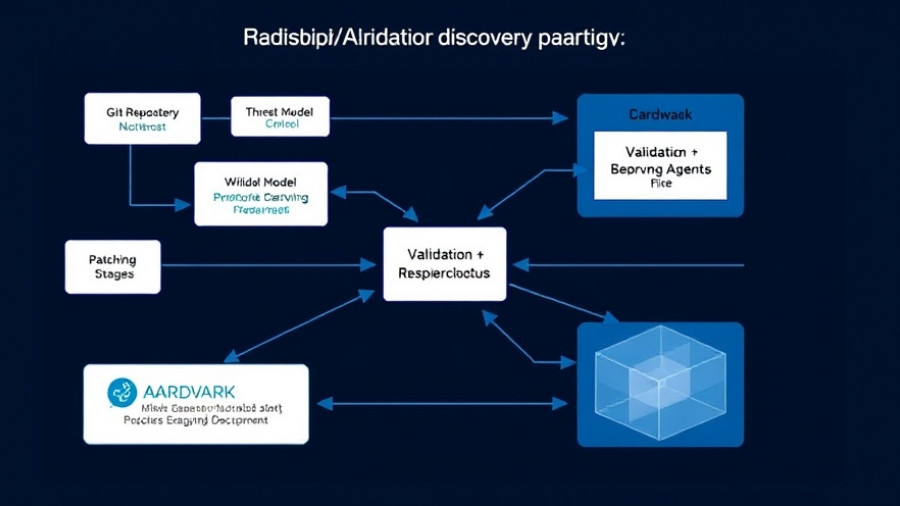
The Growing Threat of AI-Driven Insider Risks
In an evolving digital landscape, a significant transformation is occurring in how organizations perceive and manage insider threats. A recent report from Exabeam reveals a startling trend: insider risks are now outpacing external cyber threats, largely driven by advancements in artificial intelligence (AI). This shift is not merely an increase in the frequency of attacks but a fundamental change in the nature of threats facing businesses today.
Understanding the Rise of AI Agents
According to Exabeam’s findings, which surveyed a large cross-section of industry professionals, 64% now consider insiders, including both malicious insiders and those who have been compromised, as the primary source of danger. This perception aligns with the rise of agentic AI — autonomous systems that can operate within organizational frameworks, presenting unique challenges for cybersecurity teams. AI agents, equipped with advanced capabilities, log in using valid credentials and can masquerade as trusted individuals, making their detection a formidable challenge.
Real-Time Adaptation: The New Frontier in Insider Threats
One of the driving factors for the accelerated growth of insider threats is the use of deep reasoning AI applications. These technologies enhance phishing and social engineering tactics, allowing adversaries to adapt communications in real-time and mimic legitimate interactions at a large scale. In fact, over half of the organizations surveyed reported an increase in insider incidents over the past year, a trend they expect to continue, particularly in sectors like government, healthcare, and manufacturing.
Geographic Variations in Insider Threat Outlook
Interestingly, regional responses vary widely. While Asia-Pacific and Japan are bracing themselves for the highest increases in insider threats, the Middle East stands out with a quarter of organizations expecting a downturn. This contrasting outlook could hinge on either more robust defenses or potentially a complete underestimation of emerging AI risks. As businesses globally adapt to the growing threat landscape, understanding these regional differences becomes crucial in formulating effective responses.
The Challenge of Detection and Prevention
As organizations increasingly deploy AI in their security infrastructure, the results are mixed. Although 88% have implemented insider threat programs, only 44% employ user and entity behavior analytics effectively. This gap highlights a significant issue: while security teams recognize the potential of AI-enhanced tools, many lack the necessary governance structure to leverage them efficiently.
A Paradigm Shift in Cybersecurity Strategies
Kevin Kirkwood, CISO of Exabeam, emphasizes that the speed and subtlety introduced by AI technologies have rendered traditional defenses inadequate. This signals a paradigm shift, where organizations must not only detect but also anticipate insider threats in an environment where AI agents become commonplace. The challenge ahead lies in deploying these rapid advancements defensively rather than allowing them to become tools of further infiltration.
Actionable Next Steps for Organizations
So what can organizations do to navigate this complex landscape? First, enhancing visibility into user behavior across systems is paramount. This requires not just technology, but also a cultural shift within organizations — promoting cross-functional alignment among IT, HR, and security teams. Understanding every facet of insider risks empowers teams to act proactively rather than reactively, ensuring that AI tools are utilized not just for offense but also for defense.
Final Thoughts: Embracing the Future of Security
As AI continues to integrate into enterprise workflows, the nature of insider threats will evolve too. In this age of deep reasoning and agentic AI, being aware of the intricacies of these challenges is the first step toward developing a comprehensive defense strategy. The bottom line is clear: organizations must adapt quickly, implement strong governance, and leverage their AI capabilities to safeguard against increasingly sophisticated insider threats.
Take action today to rethink and reinforce your cybersecurity strategies in light of these evolving threats. Engage your teams in discussions about the role of AI and empower them to innovate in defending against insider risks.
 Add Row
Add Row  Add
Add 




Write A Comment